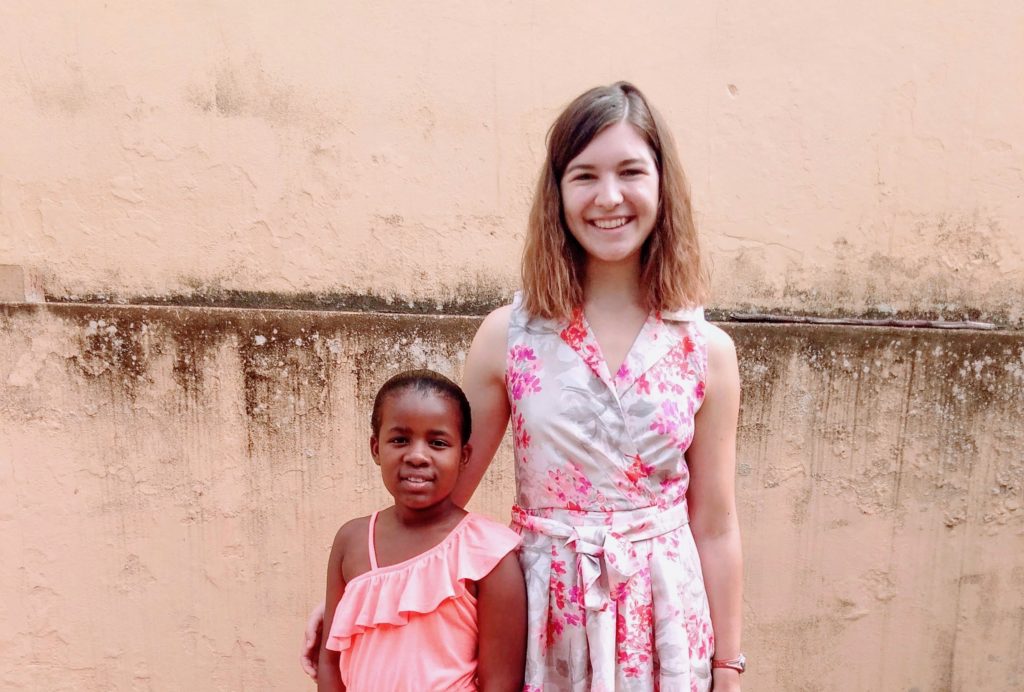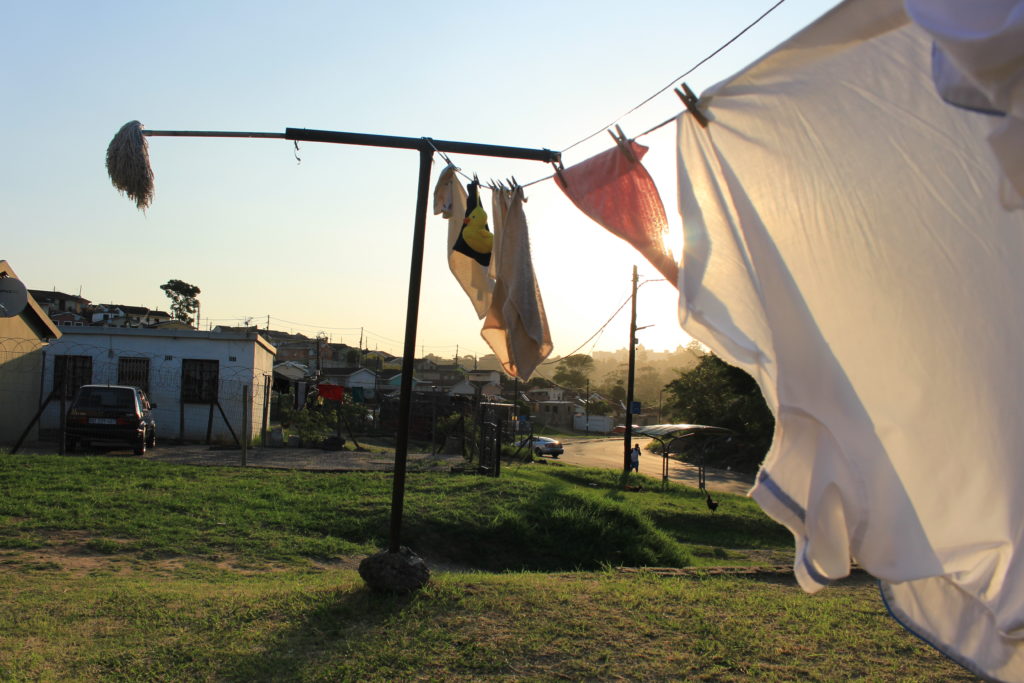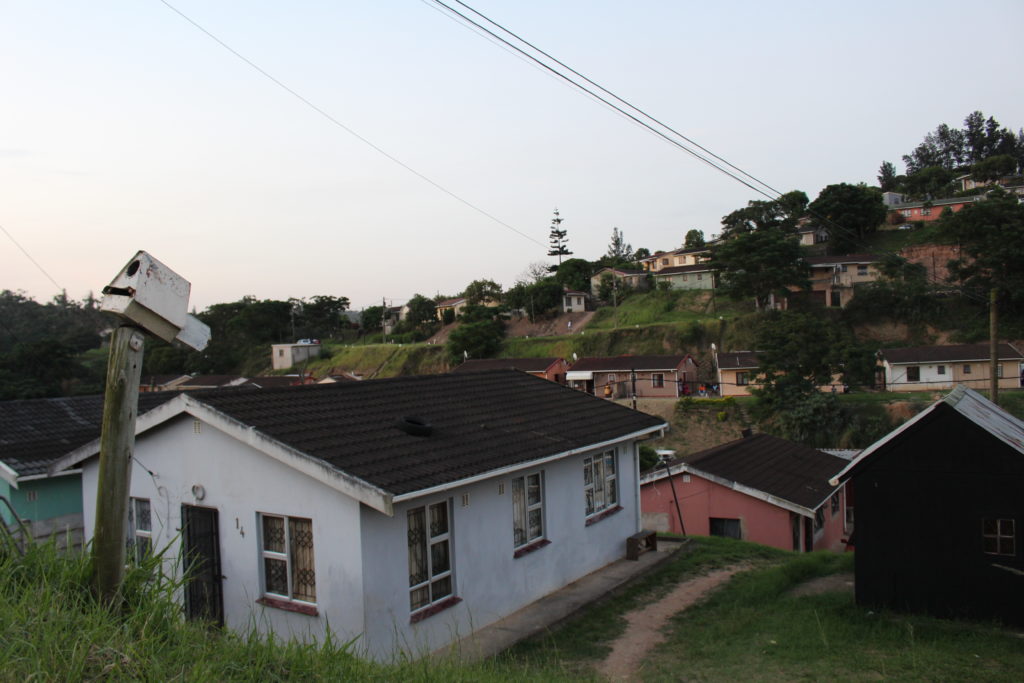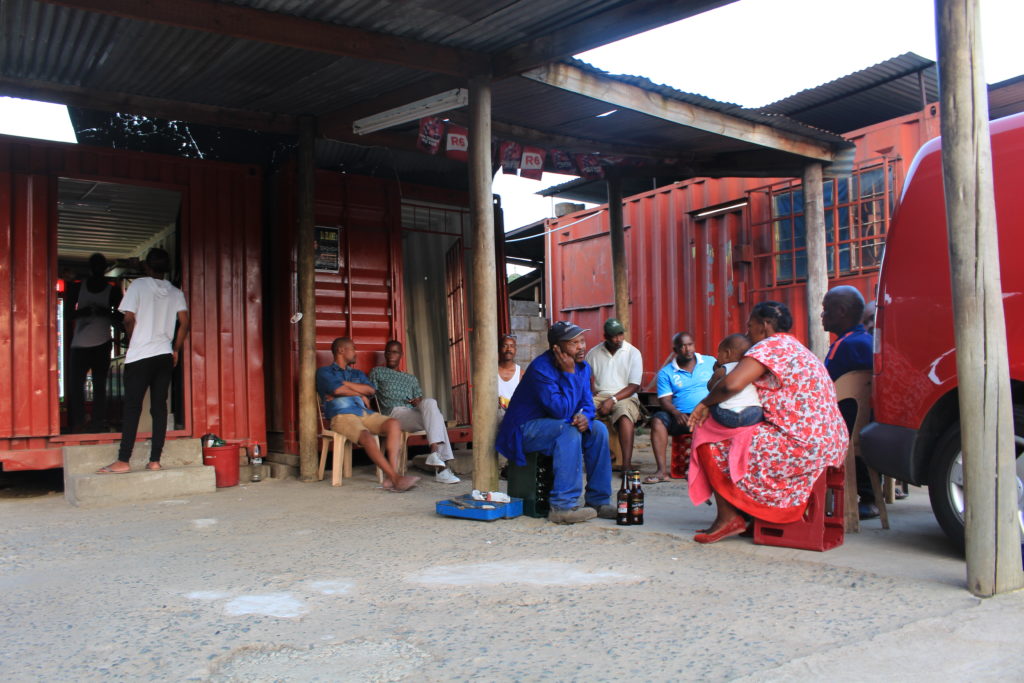Some of its houses are meager in size, tin-roofed dwellings that seem claustrophobic to the outside eye. Other homes look more sophisticated – orange, yellow, and tan mud structures, accentuated by tall gates with barbed wire and sharp glass on top. Here you might at one moment catch the infectious scent of meat grilling, but soon after sniff a strange mixture of smoke and decomposing refuse. This is Cato Manor.
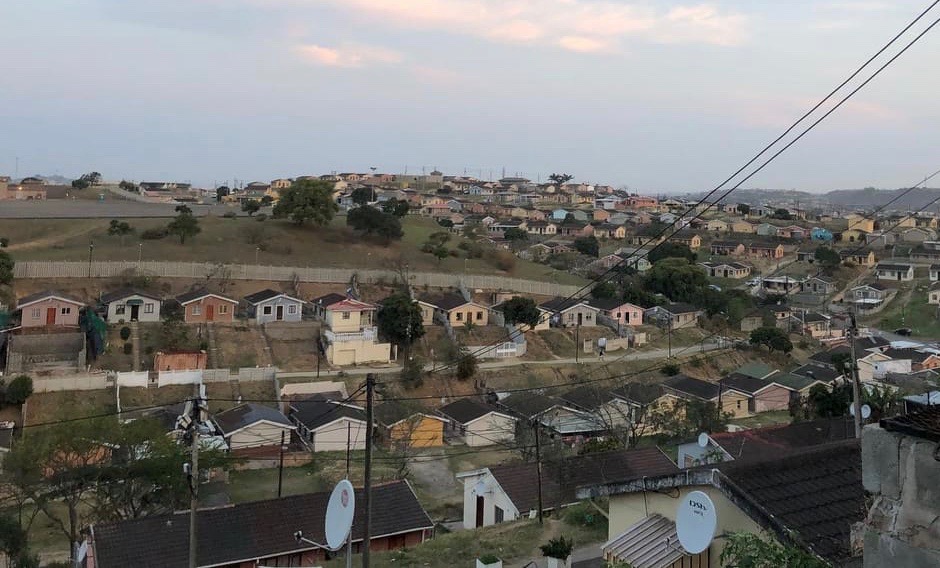
The homes of this Durban suburb may not be imposing, but its people present a striking contrast. In the early hours of morning, black African women bustle on the sidewalks on their way to work, their dresses well-ironed, their hair impeccably arranged, and thick handbags giving off a final stylish touch. “Sawubona!” they greet each other as they go their separate ways. Now and then uniform-clad children run to the sidewalk, their small backpacks hanging around their shoulders, as some carry a couple of rands for the mini-bus taxi. Men rise early too, some beginning their daily Taxify and Uber rounds, while others descend the streets to the city on foot, their meager clothing in sharp contrast to their female counterparts.
Outsiders are wary of Cato Manor, with its reputation as a dangerous place, but with the sunrise, danger is not yet on the horizon. Come evening the suburb becomes a different place. The distant city lights, combined with glow from street and home lamps, prevent total darkness from engulfing the area, illuminating men and women who walk alone or isolated groups of young men venturing into the unknown. At the nightlife heart of Cato Manor, Mojo’s Car Wash hosts a DJ and serves cheap shisanyama, pap, and drinks through the wee hours of night. Young people sit, chat, and occasionally get up to dance to old-school western beats.
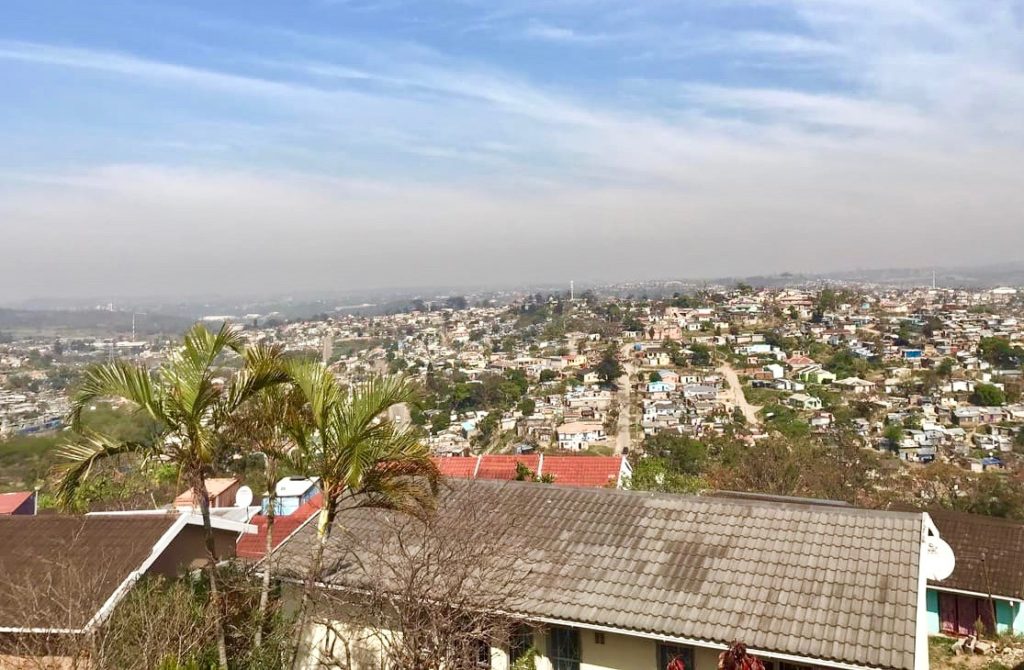
Come Sunday morning, Cato Manor transforms again. Neighbours are to be found greeting each other, this time as they make their way to church. The work outfits of the week are replaced by lavish, colorful dresses and heels, ironed suits and polished dress shoes. Those from the poorest of homes mingle freely with those from the most sophisticated homes as they all praise the same God together. This is Cato Manor.




